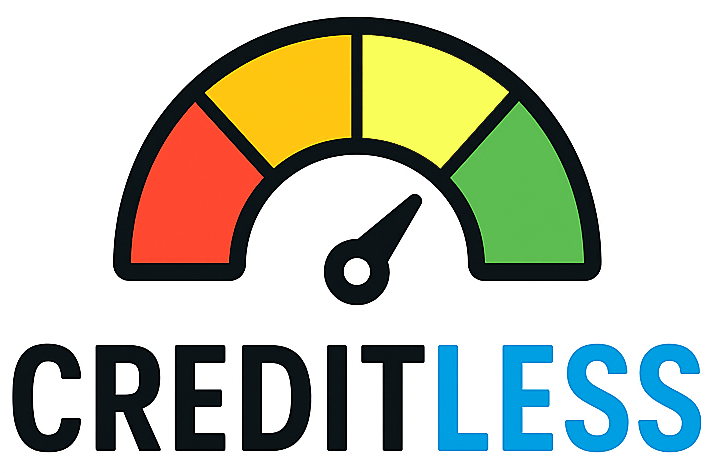Why a monthly budget matters for credit repair
Repairing credit isn’t just about disputing errors — it’s about consistent cashflow management. The two biggest behaviors that influence most credit scores are your payment history and how much of your available credit you use, so a practical monthly budget that prioritizes reliably paying bills and lowering revolving balances will usually deliver the best results over time.
This article gives a simple monthly blueprint you can adapt to your income and balances: how to set an emergency cushion, choose a payoff strategy, allocate money each month, and use interest-saving tactics so more of your payment knocks down principal (not interest).
Month‑by‑month framework: priorities and allocations
Use this prioritized checklist each month. Start at the top and work down so nothing critical is missed.
- Minimums + essentials: Pay all minimums and essential living costs first (housing, utilities, groceries, insurance). Missing payments harms scores most directly.
- Small emergency cushion: Hold a modest liquid buffer (start with $500–$1,000 or one month of essentials) and build toward 3–6 months of essential expenses over time — this prevents new emergencies from creating new negative marks. The CFPB recommends building accessible savings and starting small if needed.
- Target high‑impact credit moves: After minimums and a small cushion, use extra cash to lower credit card balances (reduce utilization) and to pay or negotiate outstanding collections. Lower utilization and on‑time payments are the fastest ways to lift scores.
- Extra principal payments: Direct remaining funds to the repayment method you choose (avalanche or snowball). The avalanche saves the most interest; the snowball gives quicker psychological wins — pick the one you’ll stick with.
Sample monthly budget — illustration (adapt to your numbers)
Below is a sample allocation for someone with $3,000 net monthly income who wants to repair credit and reduce debt. Adjust each line to your reality.
- Essentials & minimum payments (rent, utilities, groceries, insurance): $1,800 (60%)
- Minimum debt payments (cards/loans included above but listed to show visibility): $300 (10%)
- Emergency cushion savings: $150 (5%) — continue until you hit $500–$1,000, then target 3–6 months
- Extra debt payoff (targeted principal): $450 (15%) — apply to highest‑APR or smallest balance per your strategy
- Fees, small discretionary, & buffer (transport, phone, occasional): $150 (5%)
- Savings for medium goals or small credit‑building tools: $150 (5%)
Notes:
- If you can’t free up 15% for extra payoff immediately, start smaller — even $50–$100 extra consistently will compound. The key is consistency.
- When a debt is paid off, roll its full payment into the next target (the classic 'roll‑forward' step that accelerates payoff).
Tactical tips to speed progress and protect your score
- Reduce utilization quickly: Paying down card balances before the statement closing date can drop reported utilization that month; aim under 30% and ideally single digits for the strongest lift.
- Choose a payoff method you’ll stick with: Avalanche minimizes total interest; snowball builds momentum. Both beat paying only minimums.
- Handle collections strategically: Paying a collection typically updates the account to “paid,” which can be viewed more favorably; however, the record generally remains on consumer reports for up to seven years from the original delinquency date unless removed by the collector or as a result of a successful dispute. Ask for written confirmation and check your reports after 30–60 days to verify updates.
- Consider temporary interest relief options: balance transfers with 0% intro APRs, short consolidation loans, or calling issuers to request lower rates or temporary hardship plans can free cash for principal payments. Compare fees, lengths, and the post‑promo APR before moving balances.
- Automate wins: autopay minimums to avoid late marks; schedule one automated transfer to savings for your cushion; set a single monthly transfer to the card you’re attacking so payoff happens without willpower.
When to seek extra help
If minimums plus reasonable extra payments still don’t reduce unpaid balances in a sustainable timeframe (for example, unsecured debts that won’t be paid within five years), consider credit counseling, debt‑management plans, or speaking to a HUD‑approved nonprofit counselor about consolidation options. Get written agreements and understand fees before enrolling.
